Demetrius Freeman/The Washington Post via Getty Images
The president, in a series of social media posts, shared screenshots of form letters dictating new tariff rates to the leaders of Japan, South Korea, Malaysia, Kazakhstan, South Africa, Laos and Myanmar.
Goods imported to the U.S. from Japan, South Korea, Malaysia and Kazakhstan are now set to face 25% tariffs, according to the letters Trump posted. South African goods will be subject to a 30% U.S. tariff, and imports from Laos and Myanmar will face a 40% duty, Trump’s posts on Truth Social showed.
The letters Trump signed add that the U.S. will “perhaps” consider adjusting the new tariff levels, “depending on our relationship with your Country.”
The letters are the first to be sent before Wednesday, the day his so-called reciprocal tariffs on dozens of countries were scheduled to snap back to the higher levels he had announced in early April.
White House press secretary Karoline Leavitt suggested that 14 letters will be sent out Monday, with even more set for the coming days. She also said that Trump would sign an executive order to delay the Wednesday deadline until Aug. 1.
U.S. financial markets hit new session lows after Trump released the additional letters. The Dow Jones Industrial Average shed 637 points, or 1.4%. The S&P 500 and the Nasdaq Composite each fell 1.2%.
For most of the seven countries, the new U.S. tariff rates hew fairly closely to what they had faced after Trump announced his “liberation day” tariffs on April 2.
For instance, under those initial rates, U.S. imports from Japan were assigned a 24% tariff and South Korean imports faced a 25% duty.
Following a chaotic week of losses across global markets, however, Trump on April 9 issued a 90-day pause, which lowered the various tariff rates to a flat 10%. That pause was set to expire Wednesday, before Leavitt announced that Trump would extend it by more than three weeks.
President Donald Trump’s letter to the prime minister of Japan.
Donald Trump via Truth Social
President Donald Trump’s letter to the president of the Republic of Korea.
Donald Trump via Truth Social
All of the letters say that the blanket tariff rates are separate from additional sector-specific duties on key product categories.
The letters also say, “Goods transshipped to evade a higher Tariff will be subject to that higher Tariff.” Transshipping in this case appears to refer to the practice of transferring goods to an interim country prior to their final shipment to the U.S., in order to skirt tariffs.
The form letters assert that the new tariff rates are necessary in order to correct for persistent U.S. trade deficits with the seven countries.
Trump, an avowed tariff fan and a skeptic of free trade deals, regularly points to those deficits as evidence that the U.S. is being taken advantage of by its trade partners. Experts have criticized the view that trade deficits are inherently bad and questioned whether the U.S. can or should seek to close them.
Not all of the countries targeted Monday have large trade surpluses with the U.S.
While the U.S. in 2024 had a $68.5 billion goods deficit with Japan and a $66 billion goods deficit with South Korea, its deficit with Myanmar was $579.3 million, according to the Office of the United States Trade Representative.
The U.S. is a major buyer of cars, machinery and electronics from Japan and South Korea. Kazakhstan exports crude oil and metal alloys to the U.S., Malaysia sells America electronic components, and South Africa largely sends precious metals. Key U.S. imports from Laos include optical fibers, glasses and clothing, while Myanmar’s largest exports category is mattresses and bedding.
Monday’s letters preemptively warn the seven countries not to respond to the new U.S. tariffs by imposing retaliatory duties on their own imports of American goods.
“If for any reason you decide to raise your Tariffs, then, whatever the number you choose to raise them by, will be added onto the 25% that we charge,” the letters say.
If the countries “eliminate” their “Tariff, and Non Tariff, Policies and Trade Barriers,” then the U.S. “will, perhaps, consider an adjustment to this letter,” according to the letters.
“These tariffs may be modified, upward or downward, depending on our relationship with your Country,” the letters say. “You will never be disappointed with The United States of America.”
After Trump imposed his three-month reciprocal tariff pause in April, his administration claimed that it could strike as many as 90 deals in 90 days.
But as that pause was set to expire, the U.S. has announced only broad frameworks with the United Kingdom and Vietnam, as well as a preliminary agreement with China.
Trump said the Vietnam deal puts a 20% tariff on the country’s imports to the U.S. and a 40% “transshipping” duty, while the U.S. would get tariff-free access to Vietnam’s markets.
Trump’s reciprocal tariffs were struck down in late May by a federal district court, which ruled that he did not have the legal authority to impose the sweeping duties under the emergency-powers law he had cited at the time.
The Trump administration appealed to the federal circuit, which allowed the tariffs to remain in effect while it reviews the lower court’s decision.
— CNBC’s Nick Wells contributed to this report.

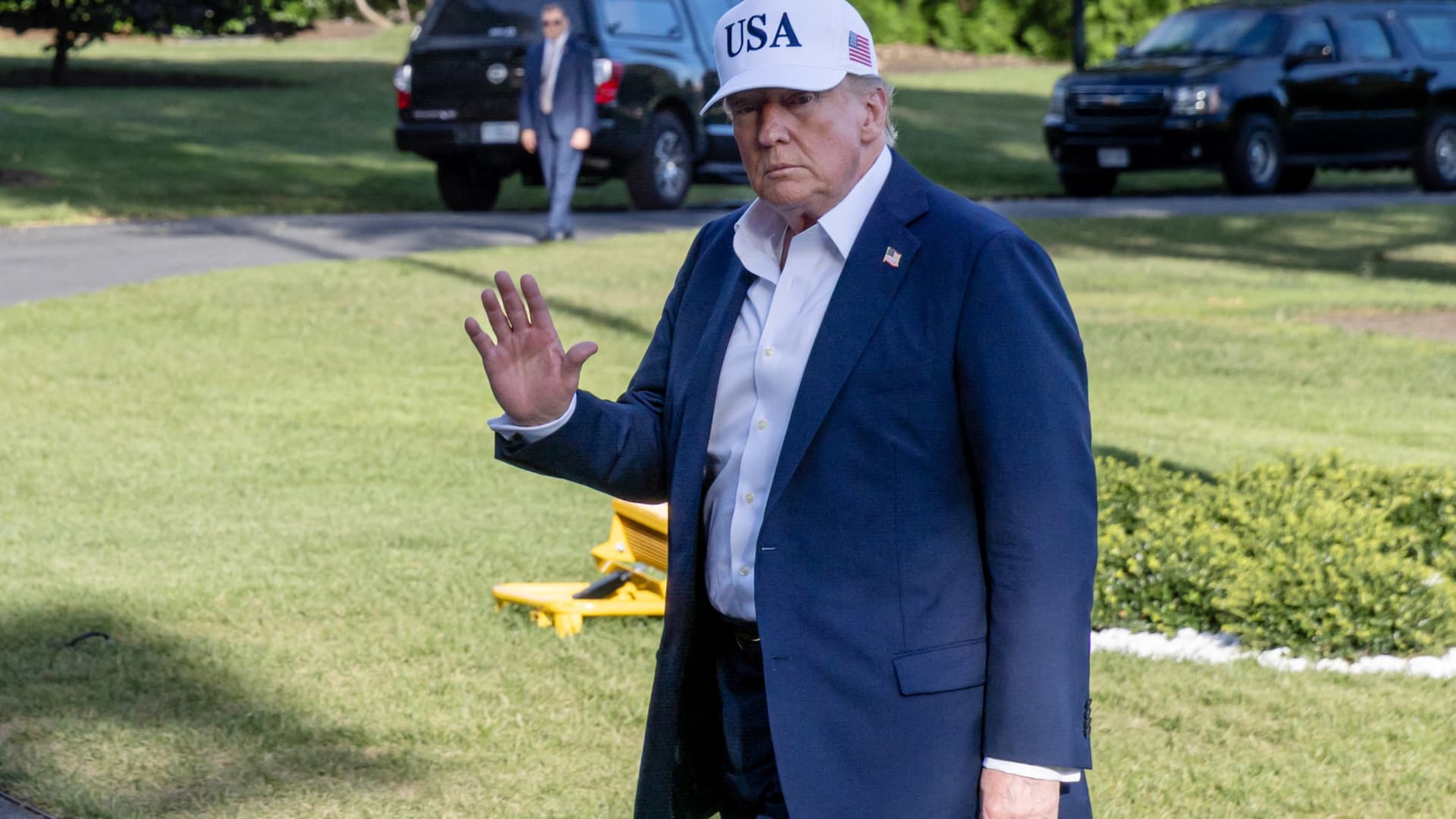

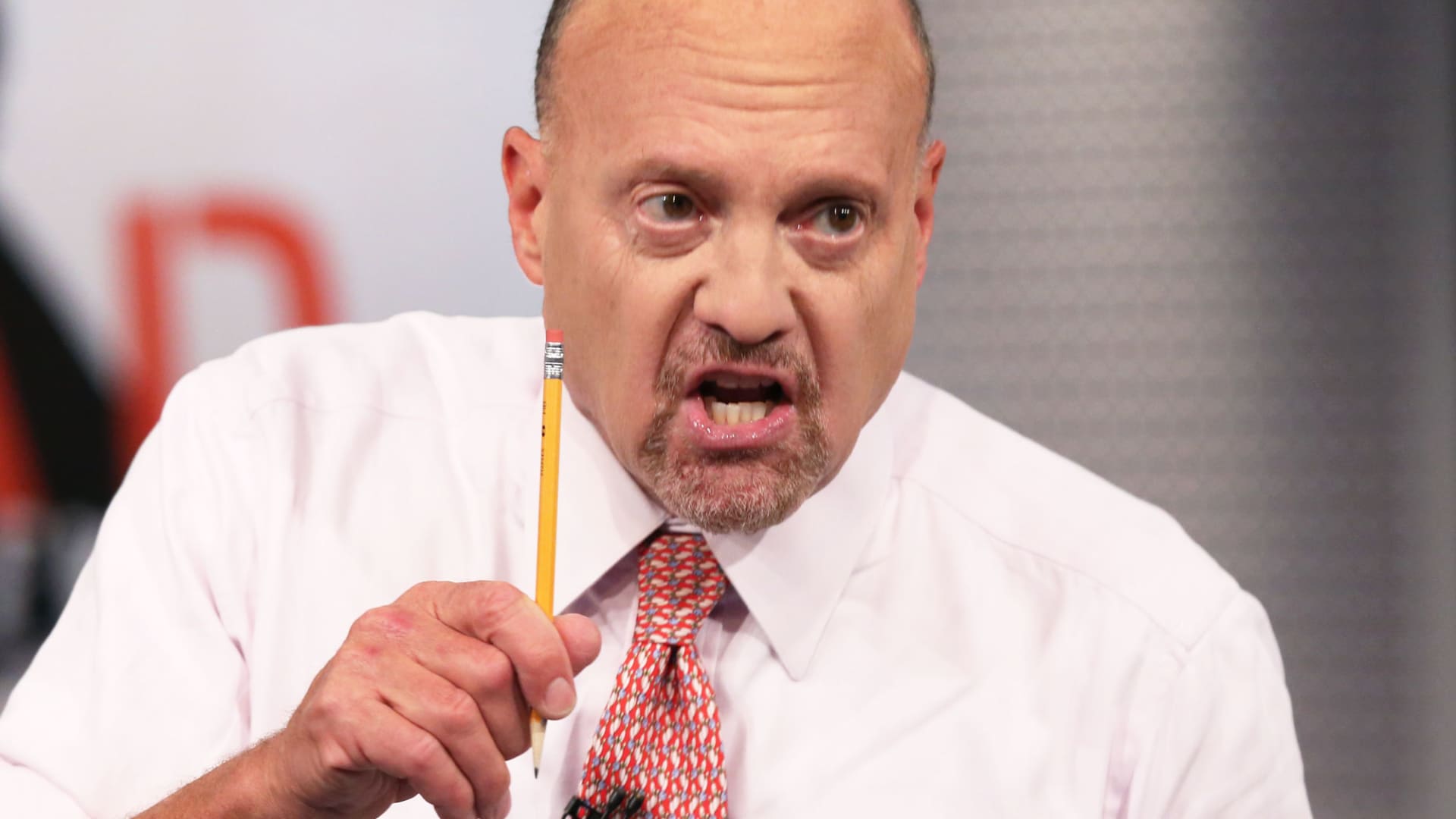


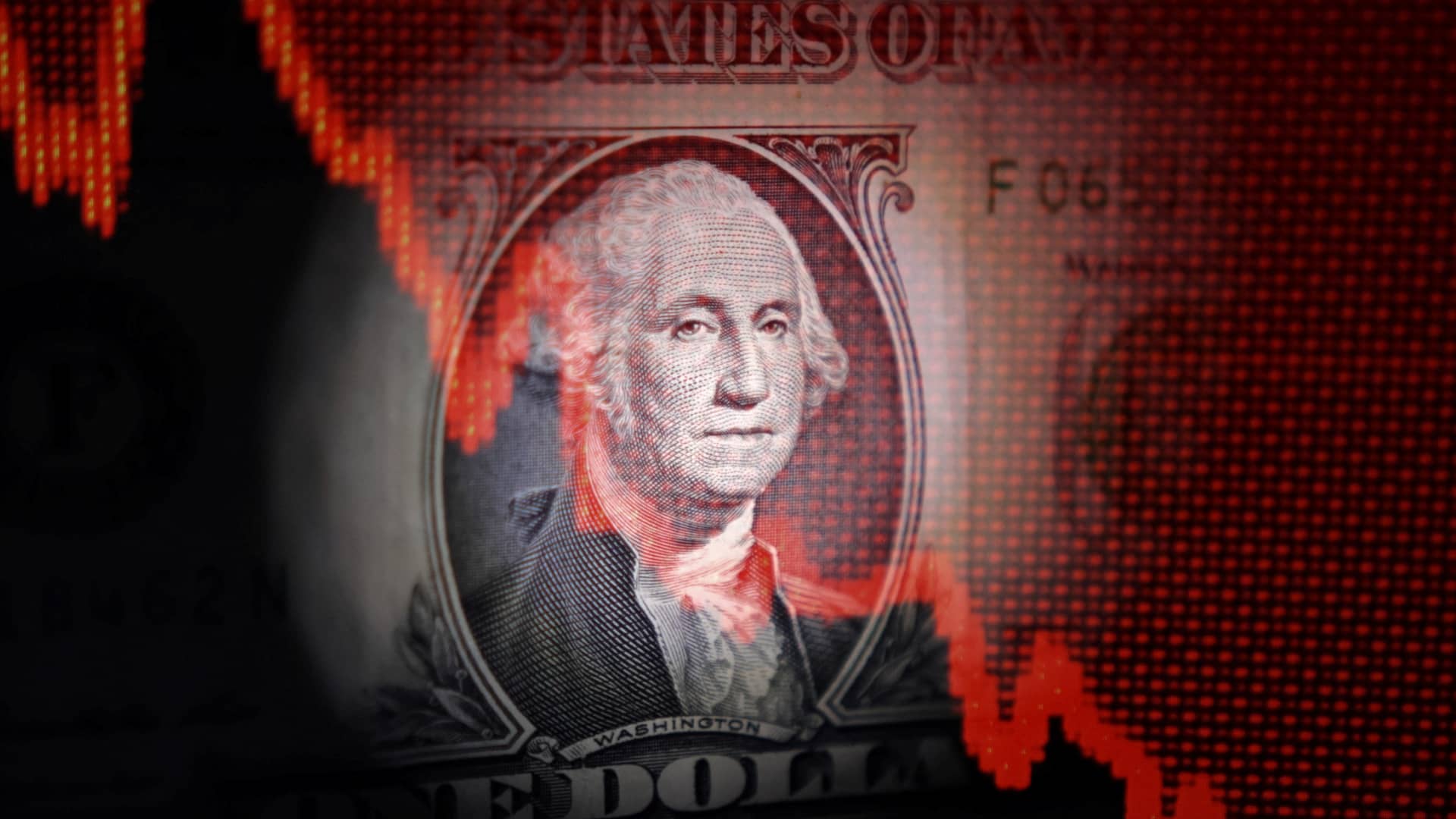

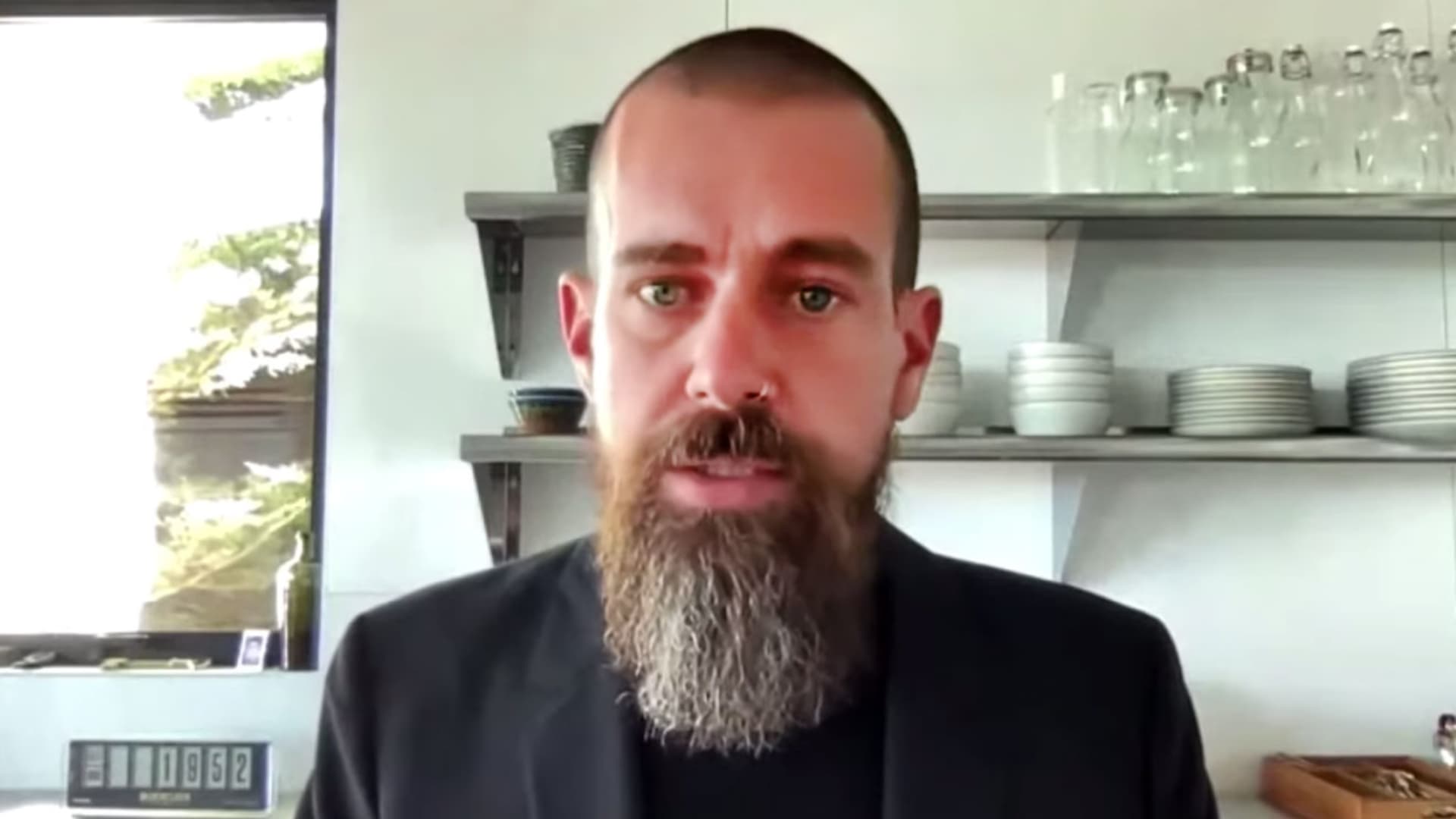
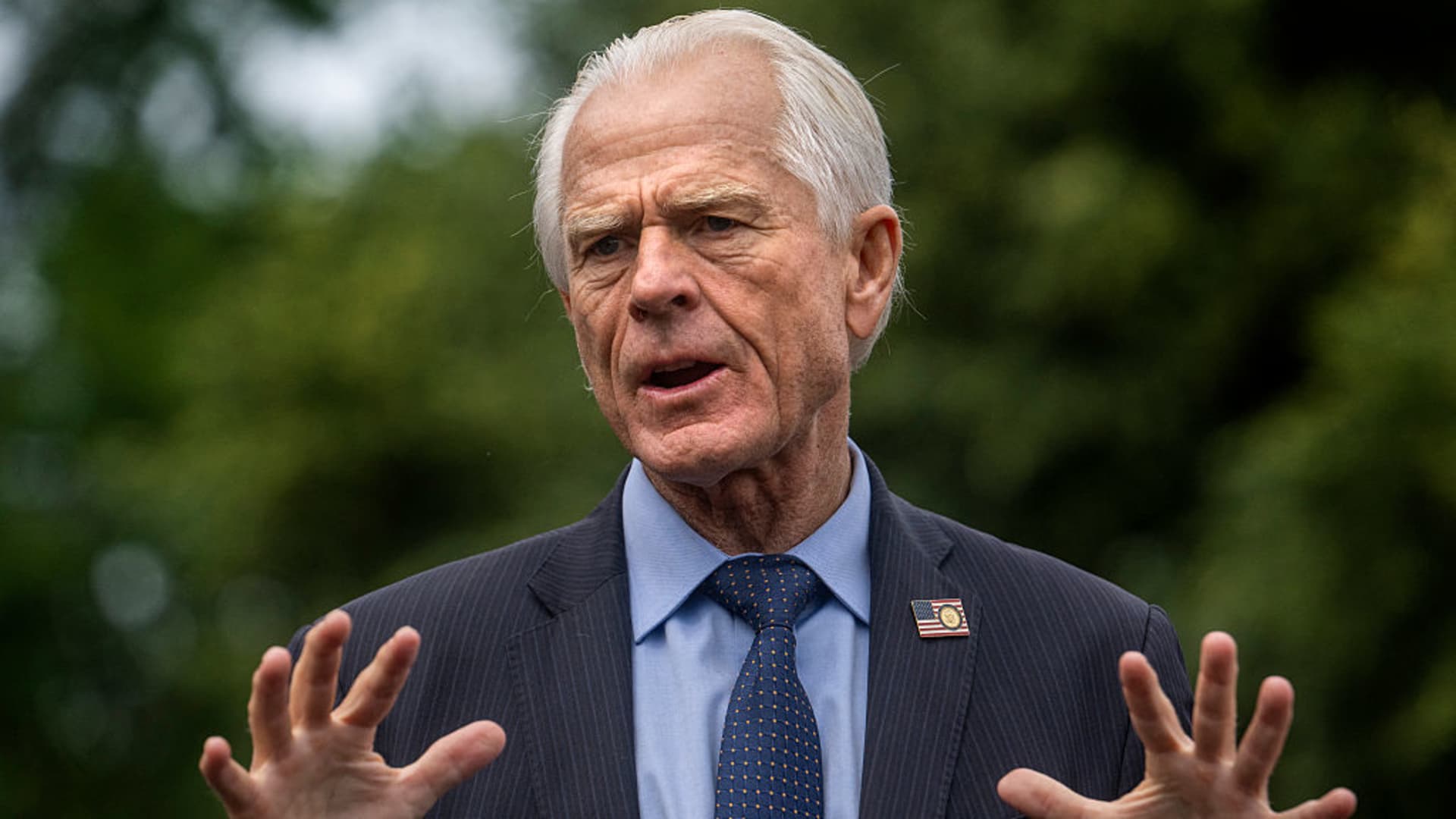
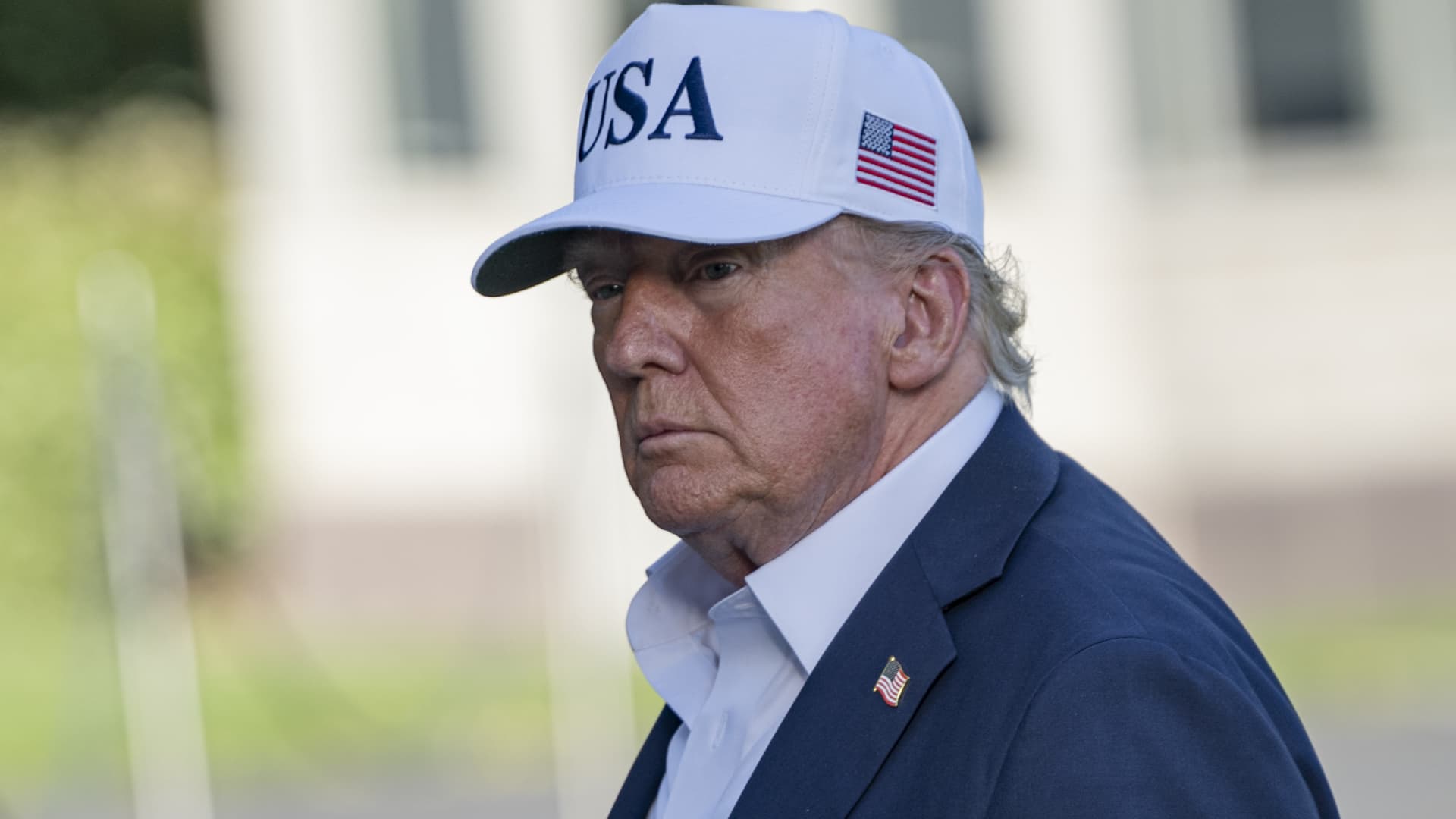


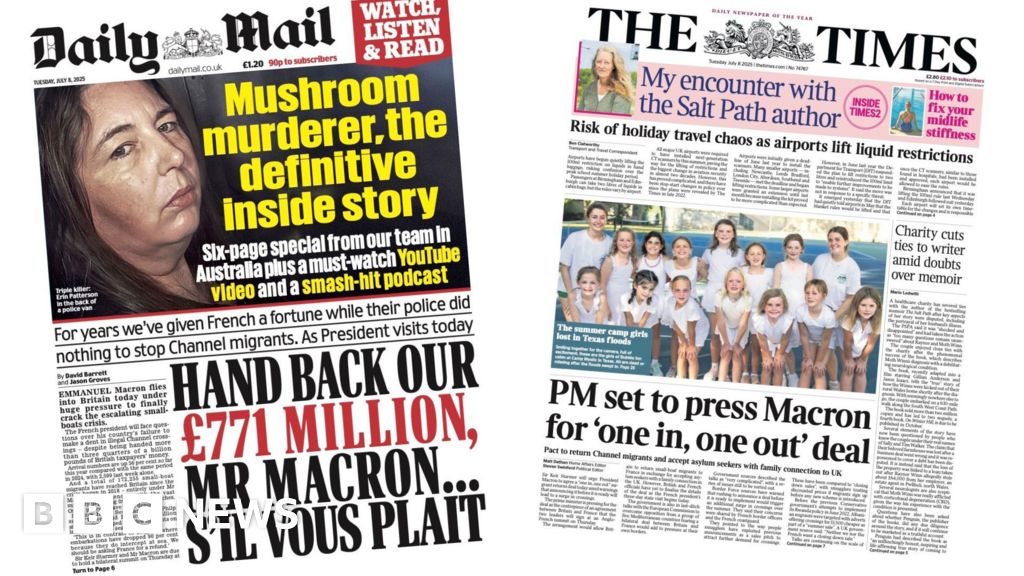
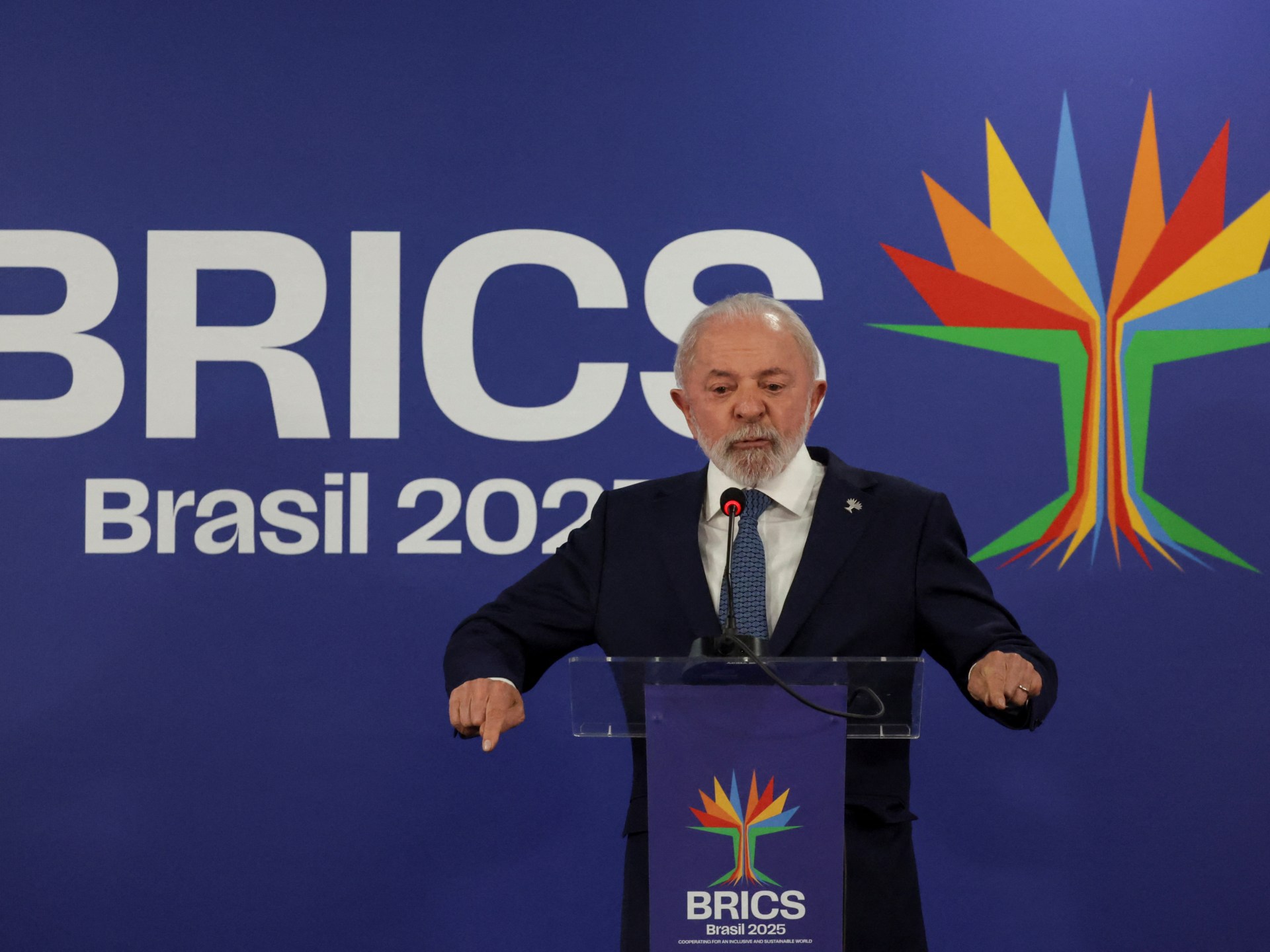
Leave a Reply